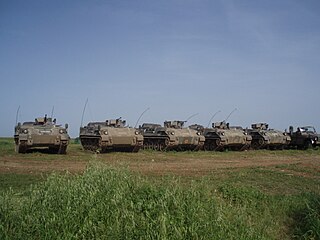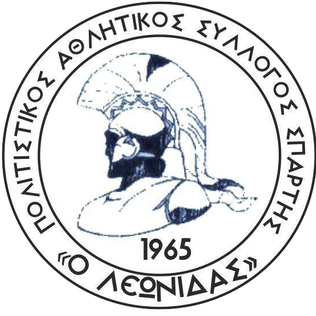 W
WLeonidas I was a king of the Greek city-state of Sparta, and the 17th of the Agiad line, a dynasty which claimed descent from the mythological demigod Heracles and Cadmus. Leonidas I was son of King Anaxandridas II. He succeeded his half-brother King Cleomenes I to the throne in c. 489 BC. His co-ruler was King Leotychidas. He was succeeded by his son, King Pleistarchus.
 W
W"Come and take it" is a historic slogan, first used in 480 BC in the Battle of Thermopylae as "Molon labe" by Spartan King Leonidas I as a defiant answer and last stand to the surrender demanded by the Persian Army, and later in 1778 at Fort Morris in the Province of Georgia during the American revolution, and in 1835 at the Battle of Gonzales during the Texas Revolution.
 W
WThe Leonidas-2 represented an effort made by the Greek vehicle manufacturer ELVO to produce an advanced armoured personnel carrier (APC) of its own. It is named after Leonidas, king of the ancient city-state of Sparta. The first version of the Leonidas was the Austrian Saurer 4K 4FA armoured personnel carrier built with minor modifications by the Greek company from 1981 until 1987. Initial production was essentially assembly, however Greek content progressively increased. The APC had a 320 hp engine and a weight of 14.8 tons.
 W
WGorgo was a Queen of Sparta. She was the daughter and the only known child of Cleomenes I, King of Sparta during the 6th and 5th centuries BC. She was the wife of King Leonidas I, Cleomenes' half-brother, who fought and died in the Battle of Thermopylae. Gorgo was also the mother of King Pleistarchus, her only son with co-King Leonidas I. She is also noted as one of the few female historical figures actually named by Herodotus, and was known for her political judgment and wisdom. Her birth date is uncertain, but based on Herodotus' dating, it is most likely to have been between 518 and 508 BC.
 W
WLeonidas is a sculpture of a hoplite made of Parian marble in 480–470 BC and unearthed in 1926. The sculpture was dubbed "Leonidas" by a local Greek workman after its discovery, in reference to Spartan king Leonidas I. It was found southwest of peribolos of the sanctuary of Athena Chalkioikos on the Acropolis of Sparta. The sculpture is housed in the Archaeological Museum of Sparta, which acquired it from the British School at Athens in 1926. The sculpture features a Corinthian helmet with ram-shaped cheek pieces. While most of the plume is a restoration, fragments of a leg, foot, shield and helmet were also found nearby.
 W
WLeonidas Sparta FC was established in 1965 in Sparta, the capital of Laconia.
 W
WThe Leonidas Squadron, formally known as 5th Staffel of Kampfgeschwader 200, was a unit which was originally formed to fly the Fieseler Fi 103R (Reichenberg), a manned version of the V-1 flying bomb, in attacks in which the pilot was likely to be killed, or at best to parachute down at the attack site. The Reichenberg was never used in combat because Werner Baumbach, the commander of KG 200, and his superiors considered it an unnecessary waste of life and resources, and preferred to use the Mistel composite aircraft aerial ordnance system instead. The Mistel composite design was piloted from a regular Luftwaffe single-seat fighter used as the "upper component" forming the guidance system, mounted as an integral parasite aircraft, as the only manned part, mounted atop the unmanned, shaped charge-nosed "expendable lower component" of the Mistel aircraft system, as in its target dive, the single-seat pilot released the lower, unmanned flying bomb component aircraft towards its target, while the upper component, manned fighter "guidance component" returned to base.